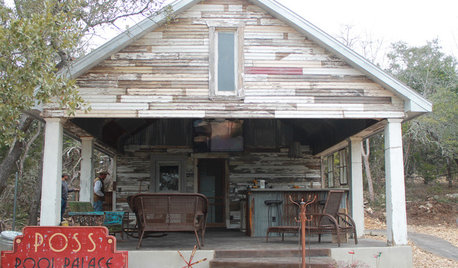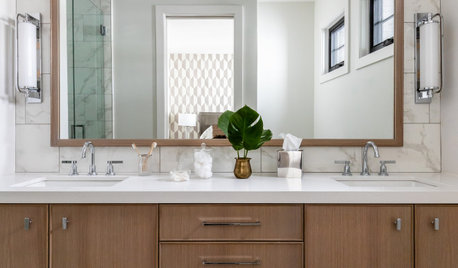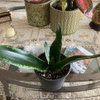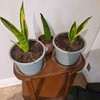collapsing sans
z_valois
15 years ago
Related Stories

INDUSTRIAL STYLEKitchen of the Week: Style Trumps Ease in a San Francisco Loft
What’s a little ladder climbing when you’ve got a gorgeous-looking kitchen design like this?
Full Story
KIDS’ SPACESMy Houzz: A Shared Boys’ Bedroom That’s Right on Track
This room has fun and functional souped-up style for two car-obsessed brothers in San Francisco
Full Story
POOL HOUSESNew Pool House Comes by Its Weathered Look Naturally
The Texas Hill Country structure is made from materials salvaged from a dilapidated sharecropper's house and an old barn
Full Story
MODERN ARCHITECTUREThe Gable Goes Mobile, Micro and Mod
Three ingenious tiny homes feature the familiar peaked roof in unexpected ways
Full Story
BATHROOM VANITIESShould You Have One Sink or Two in Your Primary Bathroom?
An architect discusses the pros and cons of double vs. solo sinks and offers advice for both
Full Story
EDIBLE GARDENSSummer Crops: How to Grow Tomatoes
Plant tomato seedlings in spring for one of the best tastes of summer, fresh from your backyard
Full Story
MOVINGTips for Winning a Bidding War in a Hot Home Market
Cash isn’t always king in a bidding war. Get the home you want without blowing your budget, using these Realtor-tested strategies
Full Story
MOST POPULARHow to Choose the Right Kitchen Sink
Learn about basin configurations, sink shapes, materials and even accessories and specialty sinks
Full Story
REMODELING GUIDESWhat to Know Before You Tear Down That Wall
Great Home Projects: Opening up a room? Learn who to hire, what it’ll cost and how long it will take
Full Story
ARCHITECTUREWant to Live by the Water? What You Need to Know
Waterside homes can have amazing charm, but you'll have to weather design restrictions, codes and surveys
Full StoryMore Discussions









z_valoisOriginal Author
isusandi
Related Professionals
Camas Landscape Architects & Landscape Designers · Bainbridge Island Landscape Contractors · Chattanooga Landscape Contractors · Darien Landscape Contractors · Emmaus Landscape Contractors · Hannibal Landscape Contractors · Lorain Landscape Contractors · Natick Landscape Contractors · Oviedo Landscape Contractors · Sun City Center Landscape Contractors · Teaneck Landscape Contractors · Webster Groves Landscape Contractors · West Chester Landscape Contractors · York Landscape Contractors · Elkridge Window Contractorsdufflebag2002
isusandi
dufflebag2002
isusandi
dufflebag2002
dufflebag2002